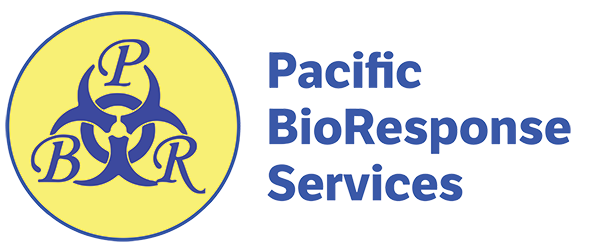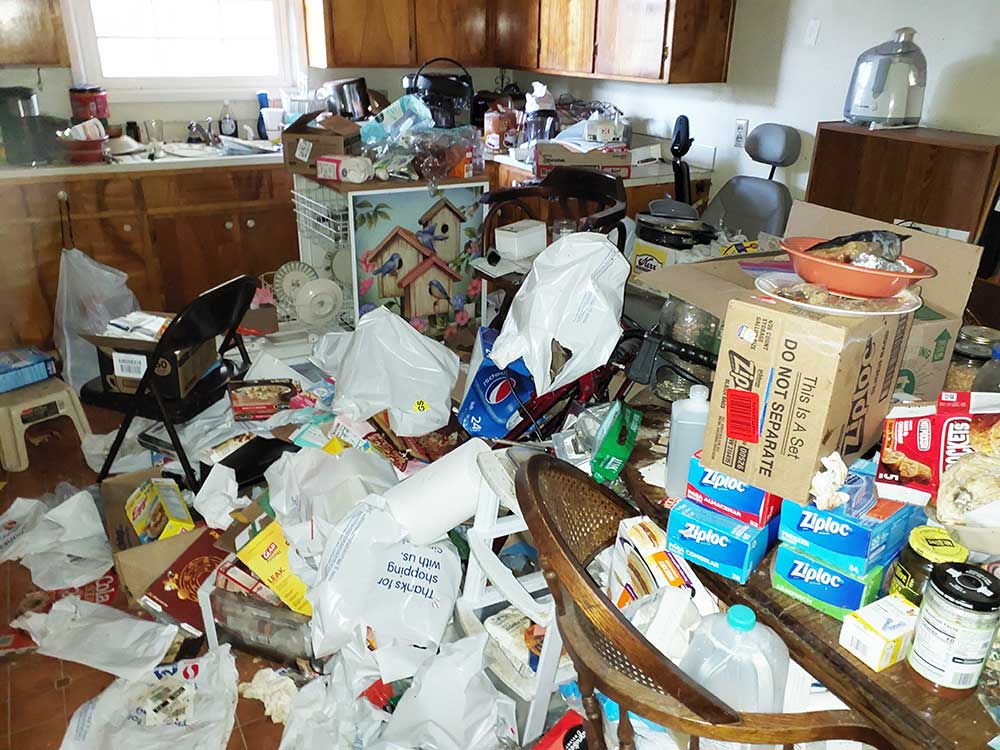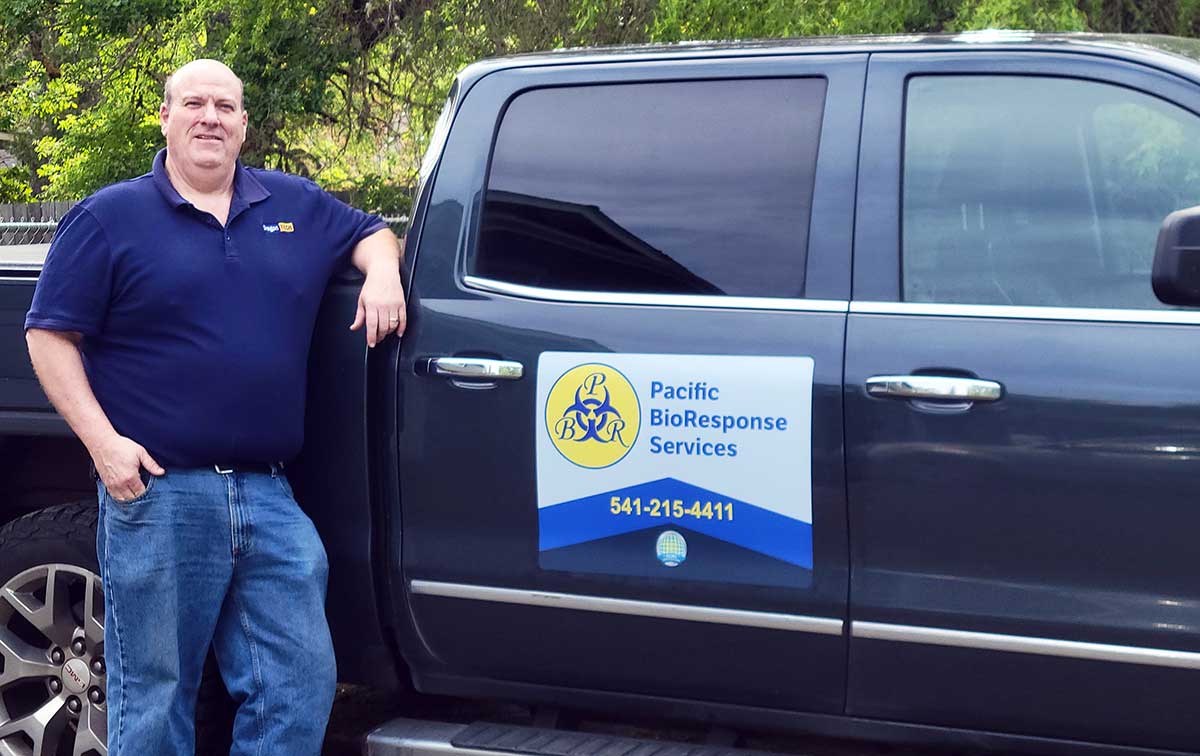Hoarding cleanup is a complex process that goes beyond clearing clutter—it involves addressing biohazards, emotional sensitivities, and safety concerns. Whether it’s piled-up trash, spoiled food, or hazardous materials, a poorly handled cleanup can lead to health risks or incomplete results. At Pacific BioResponse Services, we understand the stakes of hoarding remediation. Here are five essential ways to ensure the job is done right, helping you restore a safe, livable space with confidence.
1. Engage Certified Professionals
Hoarding sites often contain biohazards like mold, bacteria, or animal waste, requiring specialized training to handle safely. Certified technicians, such as those with IICRC credentials, use proper protective gear and industrial cleaners to eliminate contaminants without spreading them.
Action Step: Verify the cleanup team’s certifications and ask for proof of biohazard-specific training to ensure compliance with health standards.
2. Prioritize a Comprehensive Assessment and Be Ready for It To Change!
Every hoarding situation is unique, with risks ranging from structural damage to hidden pathogens. A thorough initial evaluation helps identify hazards—like rotting food or feces—before cleanup begins, to help ensure nothing is overlooked. It is important to note that oftentimes, a comprehensive assessment cannot identify every hazard, as there can be many unknowns that surface as the cleanup process proceeds. We’ve been on jobs where the assessment changed mid-job due to the findings under the top layers.
Action Step: Request a detailed walkthrough from the vendor, including a written plan outlining areas like waste removal, sanitization, and odor control. In addition, be sure to have an understanding with the vendor of how potential changes to the plan, based on findings as things begin being removed, will be handled.
3. Use Safe, Systematic Removal Processes
Hoarding cleanup requires careful sorting and removal to avoid health risks or property damage. Professionals categorize items (salvageable, hazardous, or trash), use containment methods to prevent cross-contamination, and dispose of waste per regulations.
Action Step: Confirm the team’s process includes sorting personal items respectfully and follows environmental laws for disposal.
4. Focus on Thorough Sanitization
Clutter can hide bacteria, mold, or pests, which persist if not fully addressed. Effective cleanup involves deep cleaning with industrial disinfectants and air purifiers to eliminate odors and pathogens, making the space safe again.
Action Step: Ask the vendor to explain their sanitization methods, ensuring they use hospital-grade products and test for residual contaminants.
5. Plan for Ongoing Prevention
Hoarding cleanup isn’t just about the immediate mess—it’s about preventing recurrence. Professionals can recommend strategies like sealing entry points for pests, improving ventilation, or connecting clients with support resources for hoarding behavior.
Action Step: Request post-cleanup advice, such as maintenance tips or referrals to organizers or counselors, to sustain a healthy environment.
These steps address the unique challenges of hoarding cleanup for homes, businesses, and communities alike, ensuring safety and long-term success.
Get Hoarding Cleanup Right
To ensure a successful hoarding cleanup, hire certified experts, request a detailed assessment, confirm safe removal and sanitization processes, and plan for prevention. Contact Pacific BioResponse Services for professional biohazard remediation that delivers a safe, restored environment.







